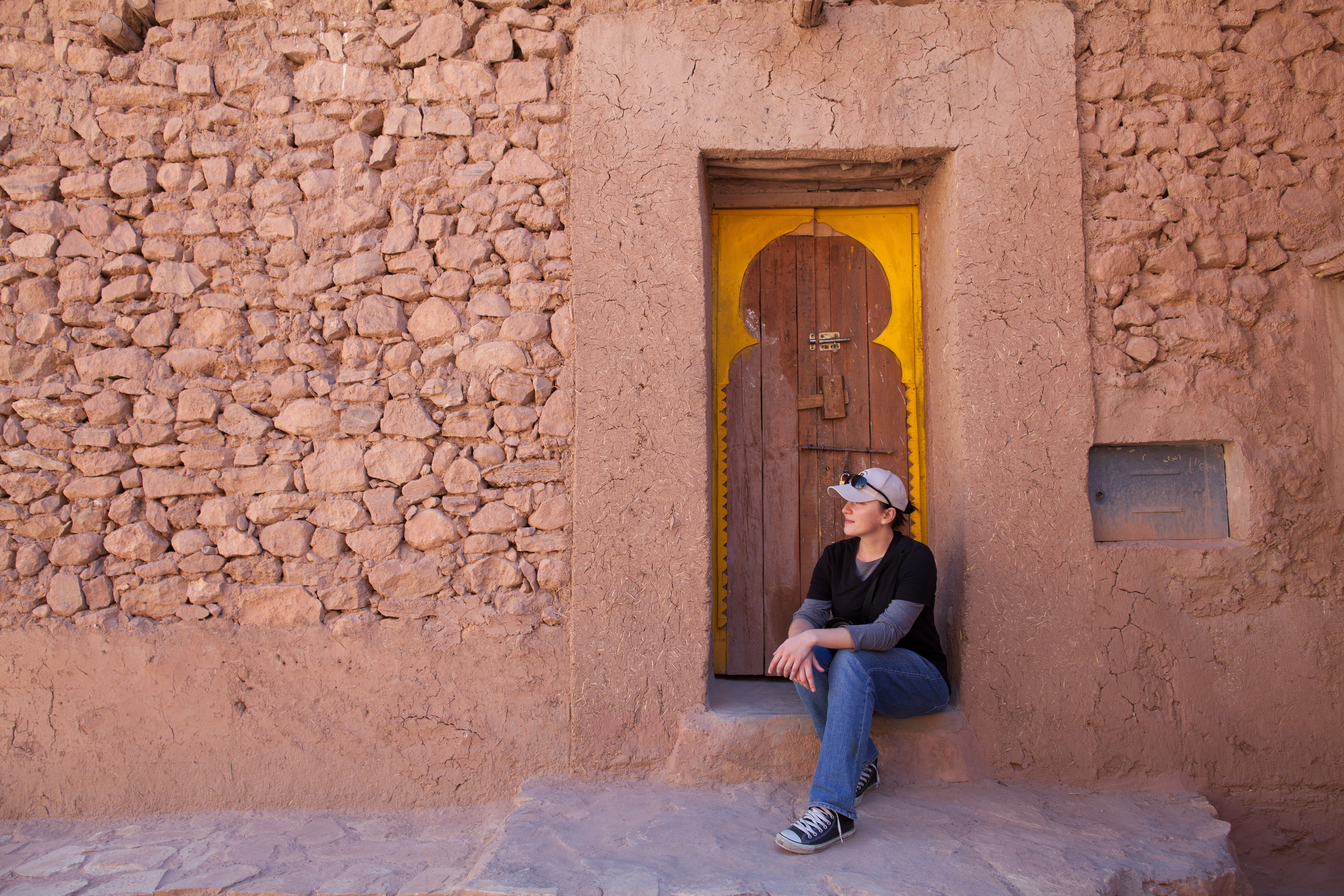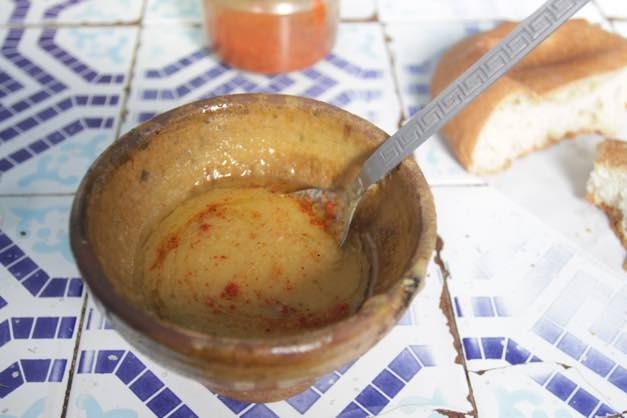Morocco
Africa has such a strong romantic hold over so many people’s imaginations. This rich continent that is filled with sights, sounds, smells, textures so vastly different from what we are daily exposed to holds such a lure, such an appeal to many who grew up with something different. The liveliness of Africa, the bustle and energy and flow of it, so refreshing from the stiffness of Western society, the timidity of Western puritanism and the depravity of Western religions, wakes up all of the senses. It’s incredible how travel opens up your heart and your mind.

Now, I do realize that I’m making generalizations about the whole of Africa based on my experience of five days in Morocco, but gimme a break, I’m excited over here. It was a marvelous introduction to a continent that for me has largely seemed out of reach and out of budget.
Marrakech Airport is a lovely and modern marvel, and really close to the main city. Customs was quick and polite, and there were cute little stores at which to grab a bite and cash exchange stalls throughout. Once we arrived in the Medina, or “Old City”, which is enclosed by a six foot stone wall, the energy instantly amps up as ambitious shopkeepers and restauranteurs fight to lure you into their establishment. This is where you quickly begin finding the balance between rude, exasperated brush-offs and smiling, polite no-thank-yous. I found that if you acknowledge the seller but firmly say, “Thank you, No”, that that seemed to work best. Ignoring them outright not only does nothing, but seems to incense them and certainly leaves the impression of a rude Westerner. Saying “No” without smiling also seemed to result in conflict, with the seller defensively maintaining that he’s not looking for money and allowing you to look for free. Being overly friendly means you’ll be hanging out talking about Aunt Flo and her hip operation last year, and how your mother never thought you should waste your time in culinary school and your grandma was really pretty and looked a little bit like Marlene Dietrich and oh my is that the time?
The streets of Marrakech are, to me, a mix of the neverending windiness of Venice, the grittiness of Havana, the knick knacks of Mexico and the buzz of Istanbul. Getting lost is fun, when the sun is up. Once it’s set, the frustration of every street looking the same and local boys purposely trying to disorient you by giving you wrong directions becomes annoying pretty quickly. You can rest a little easier knowing that since the suicide bombing of the main square in 2011, and because right now the King happens to be away on business in the US, the city is swarming with plainclothes officers.
The main meeting place in the Medina is the Jamaa El Fna square, which sits surrounded by heaps of “souks”, or local shops. The square is a lot of fun during the day, crawling with snake charmers, henna artists, buskers, horse-drawn carriages and the omnipresent scooters and bicycles. The air is heavy with diesel fumes and smoke from cooking, and in the summer I’m sure that the heat doesn’t help. Going in November was a brilliant idea, as the days were a gorgeous 24° C with clear blue skies, and the nights were crisp and relaxing and encouraged much tea consumption without a fear of sweating your Djellabas off. At night, the market transforms into a plein air eatery, with 50 or so stalls offering local delicacies or tourist experiences. There are many repeats – there are about 6 stalls selling snails, another 6 selling hunja (spiced drink, made of ginger, anise, turmeric, cinnamon) and cake, about a million selling fresh squeezed orange juice, several selling brochettes and several carts with desserts, cactus fruit, avocados and dates, among others. What really sets them apart are the vendors. They cover the spectrum from aggressive and belligerent (Nr. 15) to shy and quiet (Nr. 69), loud and generous (Nr. 14) to grumpy and shady (Nr. 42). Of course we tried everything, but there were certainly standouts:
Nr. 14: the calamari guy (who also sells “bunkercrotch” – some kind of white fish?). These guys are amazing (say hi to Ali if you go!), are super generous with portions, salt everything well and throw in super-spicy peppers and limes with the orders. Loved this place. Avoid the sole, too many little bones, there are other things much more delicious.
Nr. 69: the hunja guy. This guy was my buddy. He rewarded us every time we came back with a little piece of cake here, a little sprinkling of Thymol crystals to clear our sinuses there, a little top-up everywhere. He smiled and tried to connect despite speaking zero English or French and shooed away anyone who pulled on our sleeves and whined at our backs.
Nr. 42: chicken brochettes, aubergine and fries. Yummy in my tummy.
I have to say however, that by far my favorite, most rewarding, delicious dining experience was when I approached a local stall off of one of the souk corridors. Clearly not meant for tourists, this literal hole-in-the-wall housed a young Moroccan man with a giant pot of chickpea soup and a milk crate full of day-old pitas. I watched for a moment as local Moroccan men walked up to him, sat at the little bench in front of his window, offered him a 5 dirham coin and received a small bowl of soup drizzled generously with olive oil, a sprinkling of cayenne pepper and a round pita. They ripped the pita apart, soaked it into the soup, and ate hungrily. I walked up to the man and asked if I could get one. He seemed confused, probably wondering if I was lost and asking for directions. I asked again in French. Same blank stare from him, but now one of the patrons in the corner perked up and said to me “Oui oui” and then instructed the man in Berber to pour me a soup while he quickly gobbled up what remained of his and offered up his seat at the teeny tiny bench. I thanked him and asked if the soup came with bread, and he smiled and said that it did. They watched with obvious fascination at my enjoyment of what is presumably a very modest local meal amidst what they must consider much more attractive tourist fare, and yet the soup was the most delicious of all. Seeing me finish my bowl, the owner signaled if I wanted a little more, and brushed my money away when I offered it to him. I wish I could tell you how to find him, but the best I can offer is to turn left when leaving the Photography Museum and then left again. He’s somewhere in there, in a blue and white tiled makeshift kitchen, keeping the neighbourhood happy.

After a couple of days of meandering around the Medina, we took off on a trek across the High Atlas mountains, through Ourzazate, countless Berber villages, and Zagora towards the Sahara desert and the Algerian border. We passed fields and fields of olive trees, orange trees, dates, ceramic shops, argan plantations and cactus plants. The roads were a flurry of donkeys, goats, children, women draped in bright-coloured kaftans and men in patterned gandoras, with the occasional nomad trekking along with all of his belongings atop some small animal. Once in Zagora, we left our vehicle and jumped atop a few camels and were led far out into the desert, where, just past sunset, we stopped at a tented Berber camp for some eating, drumming and singing around a fire pit. It warmed my heart that we were joined by a group of young University of Waterloo students who were working internships in Switzerland and visiting Morocco for the weekend, and it felt like by having those energetic, smiling young faces around, that my little brother was enjoying the experience with us. It was amazing. We caught a couple of hours of sleep, watched the sun rise over the gorgeous African landscape, and camel trekked back to Zagora where we proceeded to drive back to Marrakech.
All in all, I don’t know if we could have packed more into the timeframe. The trip was fantastic, and it feels a little surreal to be back in Amsterdam. Today I looked with some sadness at my creamed corn soup and mayo cucumber salad and wished that I could have some cactus fruit, chicken brochettes and mint tea. But I guess that’s how quickly you can develop traditions. In the shake of a donkey’s tail.
Comments are Disabled